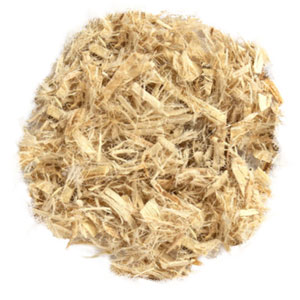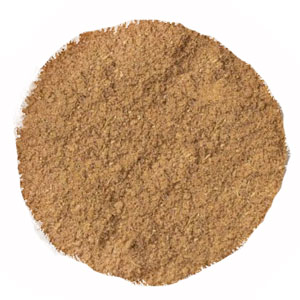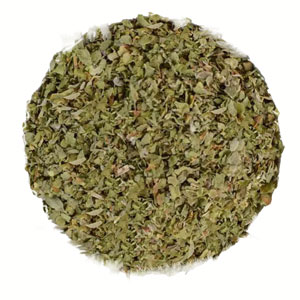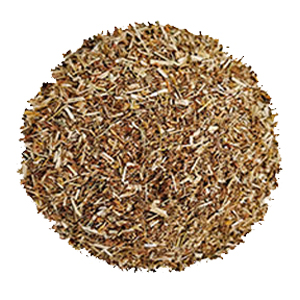Description
The inner bark of Slippery Elm holds significant health value and is an official herb according to the United States Pharmacopoeia. Harvested in spring from the bole and larger branches, the bark is dried for use. Large quantities are collected, particularly in the lower part of the state of Michigan. Since the wood lacks commercial value, the entire tree is stripped, leading to its demise. It is sold in flat pieces measuring 2 to 3 feet long and several inches wide, with a thickness of approximately 1 to 2 inches. The bark is tough, flexible, and finely fibrous, with longitudinal striations on both surfaces. Its outer surface appears reddish-yellow, with patches of reddish-brown—remnants of the outer bark adhering to the inner bark. The bark emits an odor reminiscent of Fenugreek and has a very mucilaginous, insipid taste. Remarkably, the strips can be bent double without breaking; if they do break, the rough fracture appears mealy and finely fibrous.
The Slippery Elm, which is a small tree found abundantly in various parts of North America, has rough branches and long leaves with unequal teeth.
A clean transverse section reveals numerous medullary rays and alternating bands of bark parenchyma, giving it a chequered appearance. When moistened and examined after a few minutes, the bark shows large swollen mucilage cells. It is available in powdered form, with coarse powder for poultices and fine powder for creating a mucilaginous drink. Additionally, when moistened, the disintegrated bark forms a flexible and spongy tissue, suitable for molding into pessaries, teats, and suppositories.
Precautions: If you are pregnant, breast feeding, or taking any medications, it is important to consult with a healthcare professional before taking any herbal products. All content on this website is intended for educational purposes only. It has not been reviewed or approved by Health Canada. This information is not meant to diagnose, treat or cure any disease.





Reviews
There are no reviews yet.